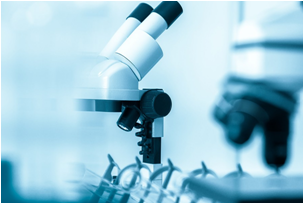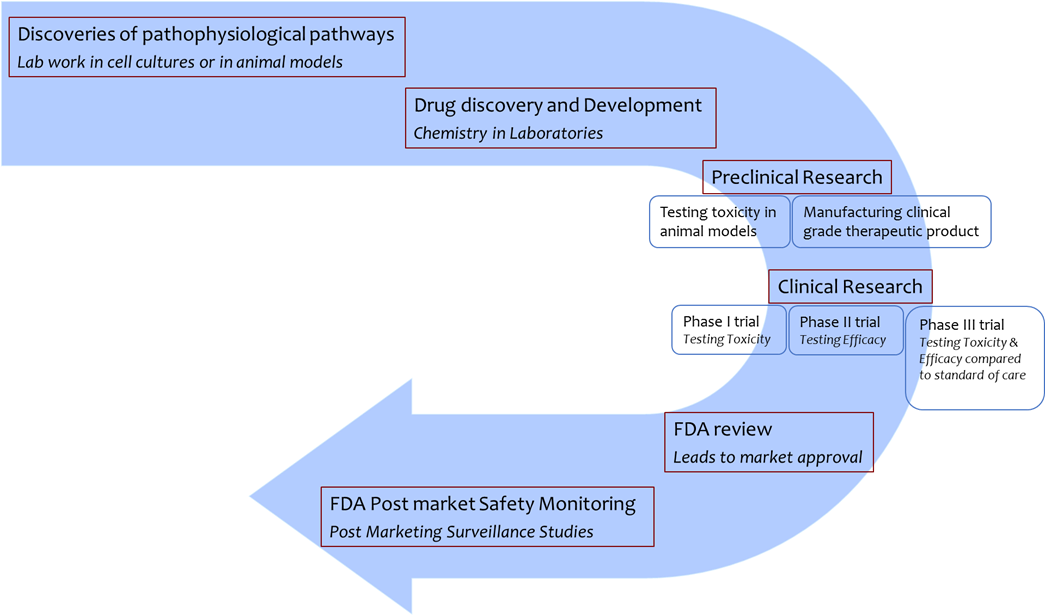
It is important to monitor research in all types of dystrophies because results and knowledge gained from a program in a disease can often apply to other dystrophies. While we focused our pages on research and clinical studies on LGMD2I, we described in the other pages therapeutic approaches and important considerations on the clinical development of treatment for rare diseases in general.
- Research in LGMD2I
- Clinical Studies in LGMD2I
- Considerations On Clinical Studies in Muscular Dystrophies
- Therapeutic Approaches
Funding Discoveries:
Research is always technical and requires a unique mixture of technical knowledge and creativity. Importantly, no medical discovery has been the claim of a single man or a single group of men. While research needs time, money, energy, it also requires cooperation between many fields of research. It thrives in an environment of collaboration, publication, and transparency.
Today, the “business of research” is the driving force for medical discoveries. Because of the high cost of developing and marketing modern therapies, capital is now “invested” in medical research in the hopes of great financial gains. Data exclusivity, propriety, and secrecy are the constraints of any business in a very competitive environment. This contrasts with academic or benevolent research. However, because large amount of capital is needed to bring a therapy to market, a subtle balance between benevolent research and the business of finding unique, marketable therapies needs to be reached to maximize the chance of making scientific breakthrough and innovation.
Definitions
- “Basic research”: Basic research is NOT the research led by a lone scientist on esoteric scientific subjects. Basic research is the first step in acquiring the knowledge required to make medical discoveries. Without basic research, there is no translational or clinical research. Basic research starts with a simple question:
how does this work?
- “Translational research”: Translational research uses facts and knowledge gained in basic research to answer clinically relevant questions like
how can we treat this type of cancer?
orhow can we diagnose LGMD2I?
. As an example, genetic diagnosis for people with LGMD2I is provided by sequencing the FKRP gene, a feat that can only be done because of the many basic research discoveries made during the 2nd half of the 20th century and starting with the structure of our DNA (the molecule that contains our genome). - “Clinical research”. Clinical research includes any studies in humans aimed at either better understanding how a disease appears and progresses or testing the means to detect, diagnose, and treat a disease. Clinical research is directly related to studying humans, either directly by clinical trials or by using human sample/tissues to understand a clinical observation.
- “Research tools”: Research tools are the means to facilitate research (basic, translational and clinical). They can be anything needed to make observations and measurements, and to analyze experimental results. Examples of research tools include laboratory instruments, software, animal models, antibodies, biomarkers, registries, study questionnaires, cell lines, and biobanks.
Bringing a treatment to market
The Path to market can take as long as 30 years and cost as much as $1billion.
